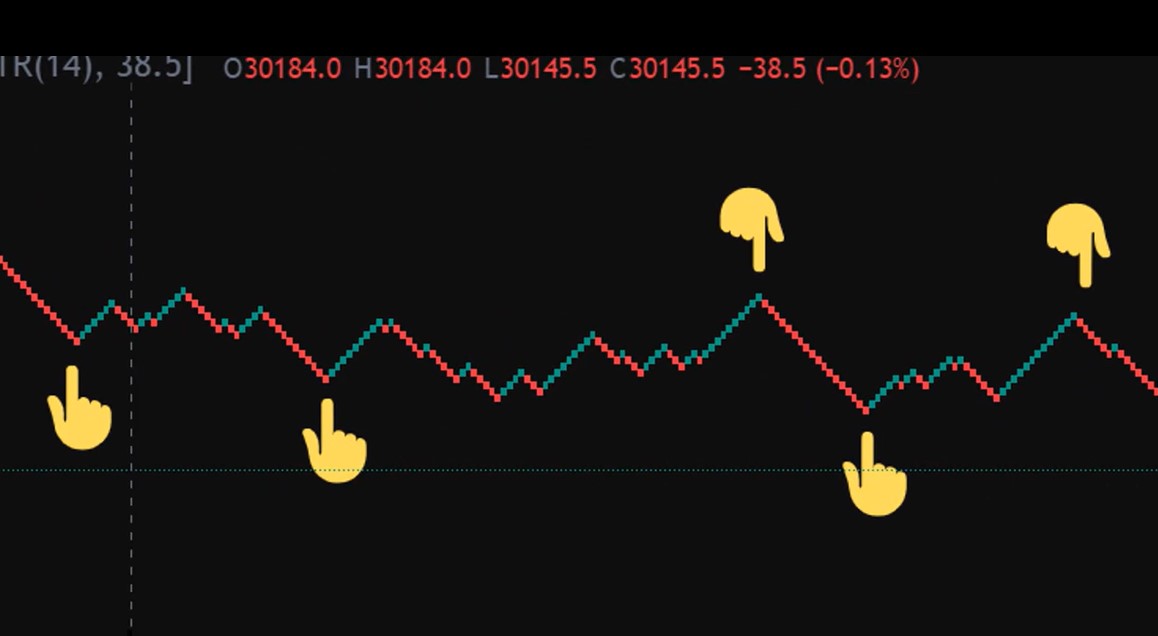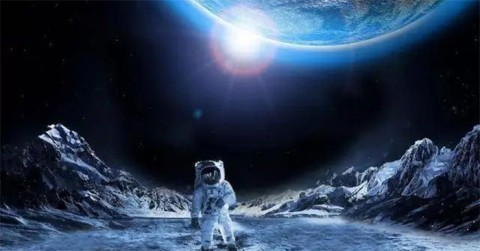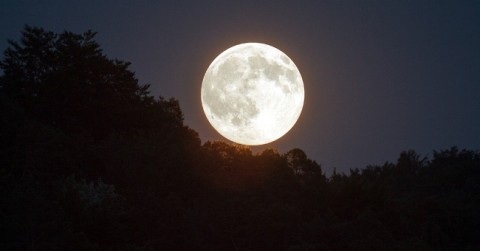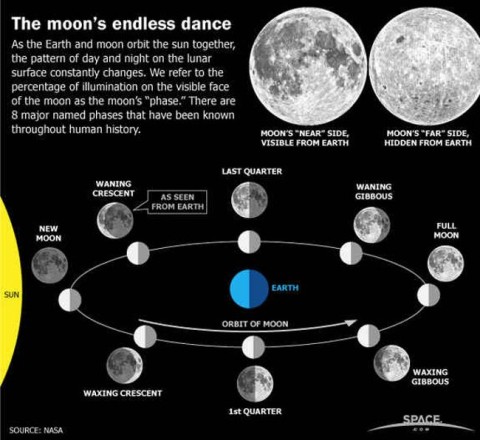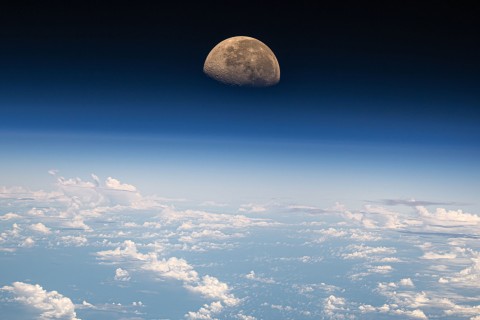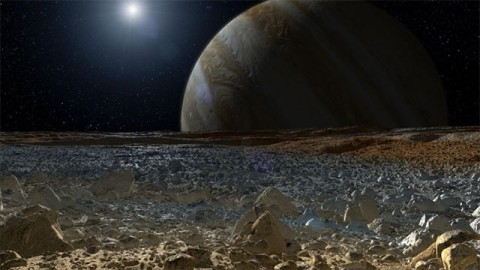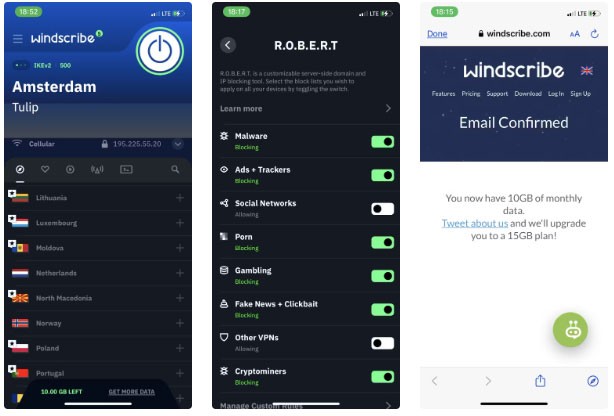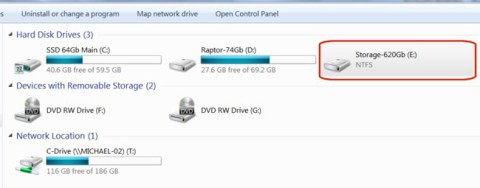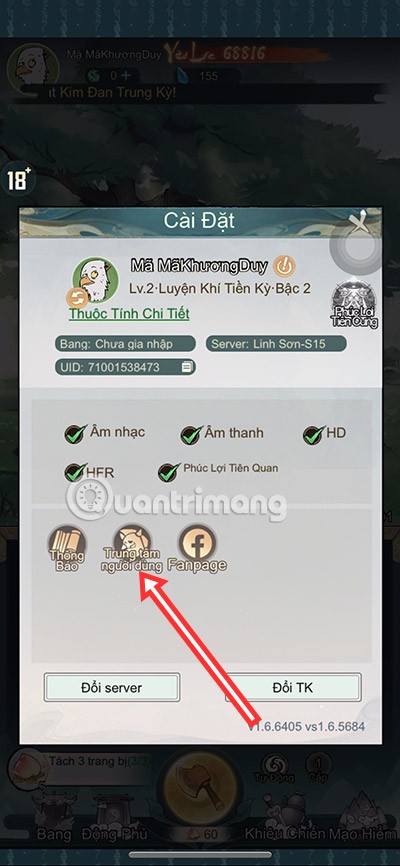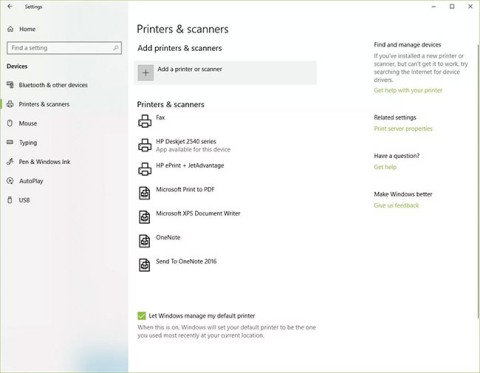Throughout the history of human astronomy, one of the most familiar and studied objects is the Moon. The Moon is considered a mystical symbol by many cultures, and many stories have been told about the poetic beauty, magic and power of this planet.
The Moon is the largest satellite and has the closest connection to the Earth. To date, 12 people have set foot on the Moon to learn about this natural satellite. So how much do we know about the Moon? What is the origin and formation of this planet?
Origin of the Moon
When it comes to how the Moon was created, after thousands of years of research and observation, humanity still has only a loose collection of theories. Let's take a look at the widely accepted hypotheses about the Moon's origin.
The Moon and Earth Formed Together
This theory posits that the Moon and Earth formed simultaneously from a primordial accretion disk—a disk-like stream of gas, plasma, dust, or particles surrounding an astronomical object that gradually collapsed inward—which would help explain geological similarities between the two bodies. For example, the Moon's oxygen isotope ratio appears to be identical to Earth's.
Gas from the cloud condensed into matter, and debris was attracted to attach itself to one or the other. The Earth happened to attract more matter and gain mass. Of the two bodies, the Earth's mass allowed it to develop the dominant gravitational pull, and the Moon began to orbit the Earth. However, critics note that this theory does not explain the Moon's current angular momentum around the Earth.
Earth's fission creates the Moon
In one set of early lunar formation theories—most notably that of Sir George Darwin, the English astronomer and son of naturalist Charles Darwin—Earth was once thought to have spun so fast that clumps of material flew off its surface. This material was then thought to have condensed into the Moon.
Although the fission theory seemed convincing—since the composition of the Earth's and Moon's mantles was similar—it failed over time because no one could discover the right combination of properties for a spinning proto-Earth to create the right type of proto-Moon.
More specifically, scientists simply don’t believe that the Earth could spin fast enough to shed its own material. In addition, astronomers have so far found no evidence of such a rapid rotation event on either the Earth or the Moon.
Earth “grabs” the Moon passing by in orbit
The third most widely accepted theory is that the Moon may have formed elsewhere in the solar system, but outside the influence of Earth’s gravity. Some scientists believe that the Moon may have even been “captured” by another planet for some time before escaping, and then came close enough to Earth that Earth could have pulled the Moon into its orbit.
In fact, many planets, such as Mars, are believed to have “captured” small asteroids that drifted within their gravitational range and turned them into moons. However, scientists have yet to figure out the mechanism behind how Earth was able to “capture” the Moon to stay in orbit. In addition, this theory has fallen out of favor after it was discovered that Earth and the Moon have similar geological features.
The ruins of the shattered planet Theia merge into a moon
The theory is based on the violent collision of a Mars-sized planet called Theia with Earth. Scientists theorize that Theia was made of different, possibly weaker, matter than Earth. After Theia “hit,” Earth remained relatively intact. However, Theia broke apart and the remaining pieces eventually coalesced into the Moon. While this theory initially sounded convincing, it ultimately failed because the Earth and the Moon are made of similar elements (specifically silicon and oxygen) in similar concentrations.
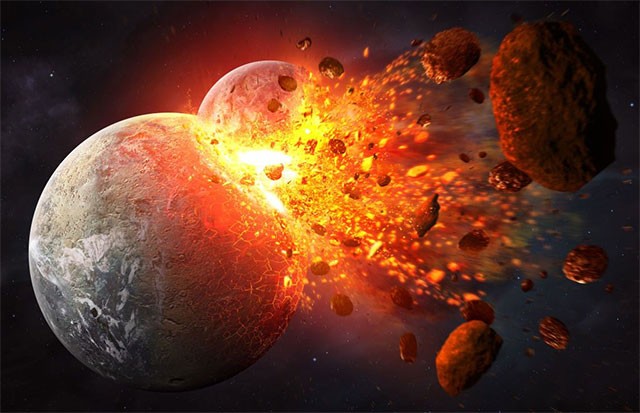
Theia's impact creates a “Synestia”
What if Theia had hit the early Earth with such force that both were vaporized? Some scientists believe that a strange, bagel-shaped cloud called a synestia may have been created by the collision. They argue that this structure could have acted like a kind of spinning disk, mixing together the chemical elements found in each planet. Over time, the material on the outside of the synestia coalesced into the Moon, while the remaining material became Earth.
The collision of two identical planets
In this scenario, Theia still hits Earth, but it doesn’t completely break apart, and the impact debris still coalesces into the Moon. What’s unique about this theory is that the material that makes up Theia is the same material that makes up Earth. The question now becomes: How did Theia form? Perhaps both Theia and Earth formed on opposite sides of the same accretion disk (its material was spread out evenly). Then something disturbed Theia’s orbit around the Sun and caused it to drift off course, causing Theia to crash into Earth.
Many hypotheses about extraterrestrial impact
In this theory, the early Earth is believed to have experienced not just one but multiple impacts. Each strike is thought to have created a piece of debris that eventually coalesced into a small moon. These small satellites then merged together to form the Moon as it is today.
The hypothesis suggests that a disk of material would form within hours of each collision and condense into a small moon over the course of several hundred years. Israeli scientists proposed the idea in early 2017, arguing that the combined effects of multiple high-speed collisions could have produced enough material to form the Moon. However, they also said the mechanism that explains how each of these individual moons coalesced into a larger body has yet to be described.


